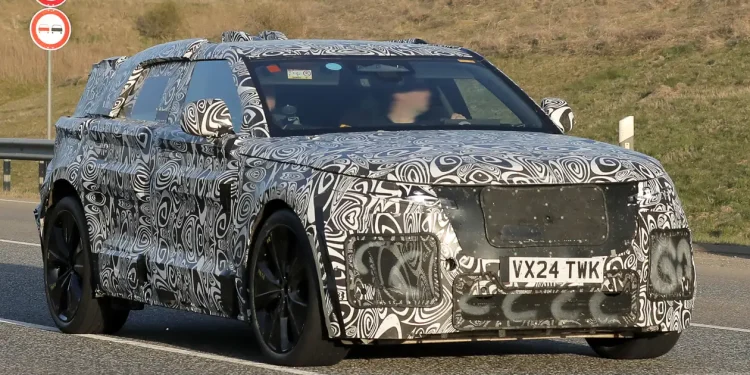Medium Range Rover an Electric Velar
Words NZ Autocar | Images AutoExpress
This medium-sized RR SUV ends a four year hiatus for a new JLR model. Think of it as all new but it essentially adds a stylish new electric variant to the Velar range.
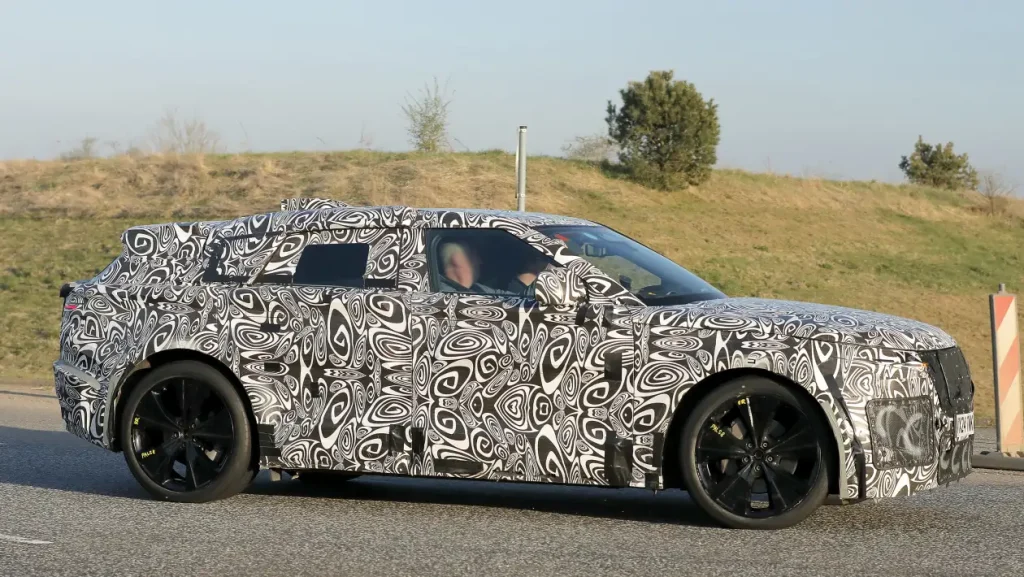
Expected to break cover early next year, this new Range Rover EV is completely different from the electrified version of the flagship Range Rover. Coincidentally, both will bow at a similar time. The newcomer introduces a fresh design language and tech thanks to a brand-new vehicle architecture known as EMA (Electric Modular Architecture).
Check out our earlier preview of this new Rangie.
This 4×4 will sit alongside the existing Velar, which will continue in production at JLR’s Solihull plant. However, the EV will not adopt the Velar name. And it is to be built on a production line at the Halewood factory.
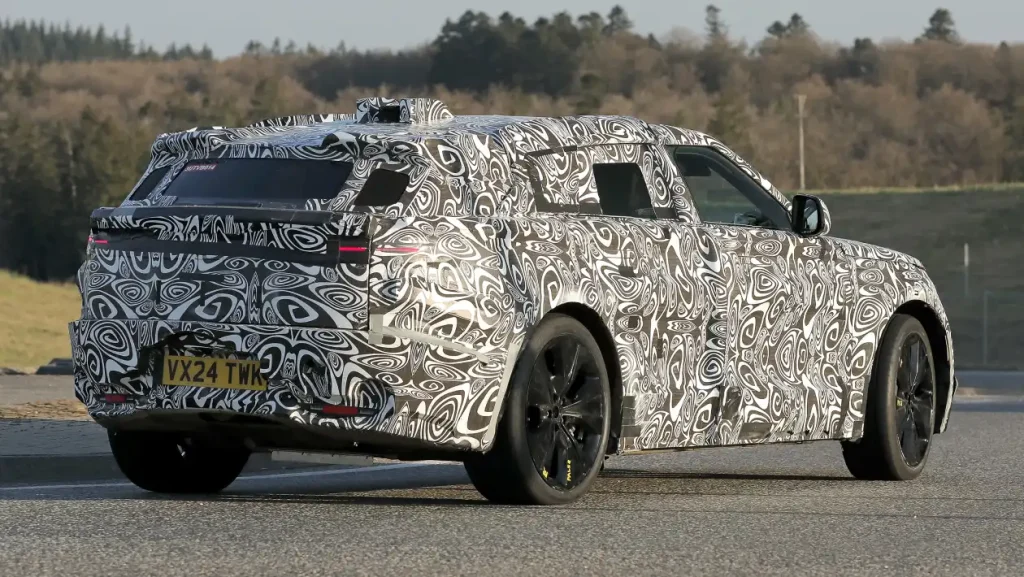
oming up against BMW’s iX3 and Audi Q6 e-tron, it will be similar in size to the current Velar.
Halewood rejuvenation
JLR has pumped $NZ570m into Halewood to prep it for the new platform, adding an electric body-assembly building so the 4.8mg SUV can be trimmed and painted on the revised lines. The company has boosted its paint shop’s capacity to deliver more contrasting roof colours.
This vehicle represents the first of a new-generation Range Rover design philosophy. The body is even smoother than Velar’s. Its roofline slopes dramatically rearwards with a compact glasshouse relative to its body. Evidently the design is quite different from that of the Velar.
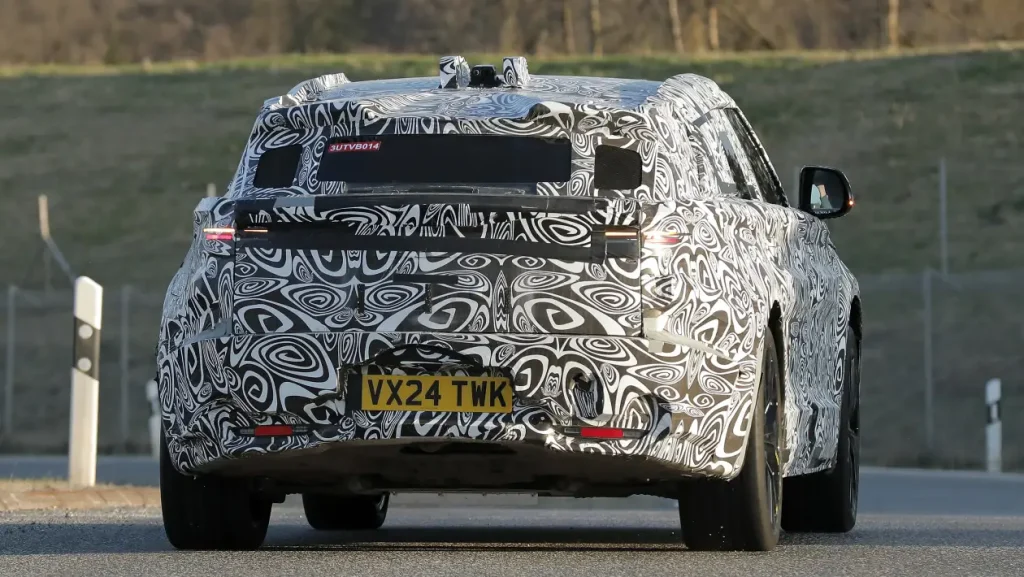
It bears no resemblance to Velar beneath the skin. This is the next-generation architecture for medium-size vehicles according to Adrian Mardell. Evidently up to four different vehicles will come off the EMA platform.
Much of the hardware is shared with Range Rover Electric. Some of it will shrink on smaller SUVs but the fundamentals are shared across the range.

The batteries will eventually come from JLR parent company Tata’s $NZ9b Gigafactory in Bridgwater, Somerset. The prismatic cells are packed into rectangular modules. Their ‘cell-to-pack’ design cuts some of the framework housing the battery, so more cells to be crammed into each module.
Batteries, range and charging
Expect battery capacity to range from 80 to 100kWh, giving range of 480-640km. JLR reckons the new system offers a 40 per cent efficiency boost over I-Pace. Software continuously evaluates and manages battery temperature, bringing it to the optimum level for charging.
Its 800v electrical system will enable ultra-fast DC charging of up to 350kW. So a 10-80 per cent top up will take around 20 minutes.
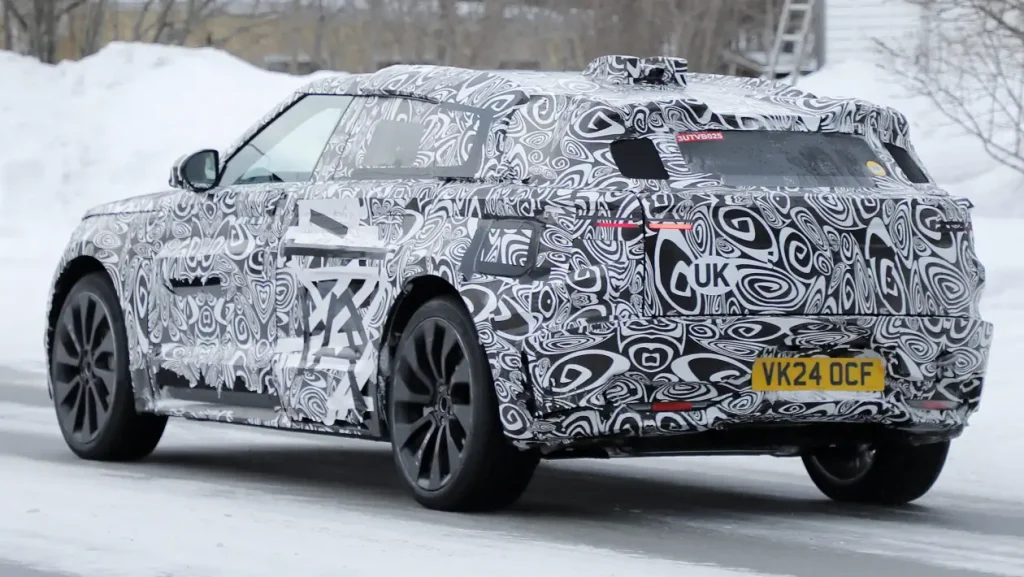
The electric motors are in-house works, permanently excited synchronous motors, linked to a silicon carbide inverter that quickly switches between drive and regenerative braking functions.

With a motor at each axle, combined output of 404kW and 850Nm. Whether or not JLR is also planning a long-range, single-motor version is unclear. Expect a single-pedal driving mode though.
Off-road performance assured
A Terrain Response system will optimise the all-wheel drivetrain and chassis to tackle sand, grass, gravel and snow. There’s also a crawl mode over rocks. Wade depth is expected to be 900mm.
The firm’s Integrated Traction Management software can detect and eliminate slip 100 times quicker than a mechanical system.
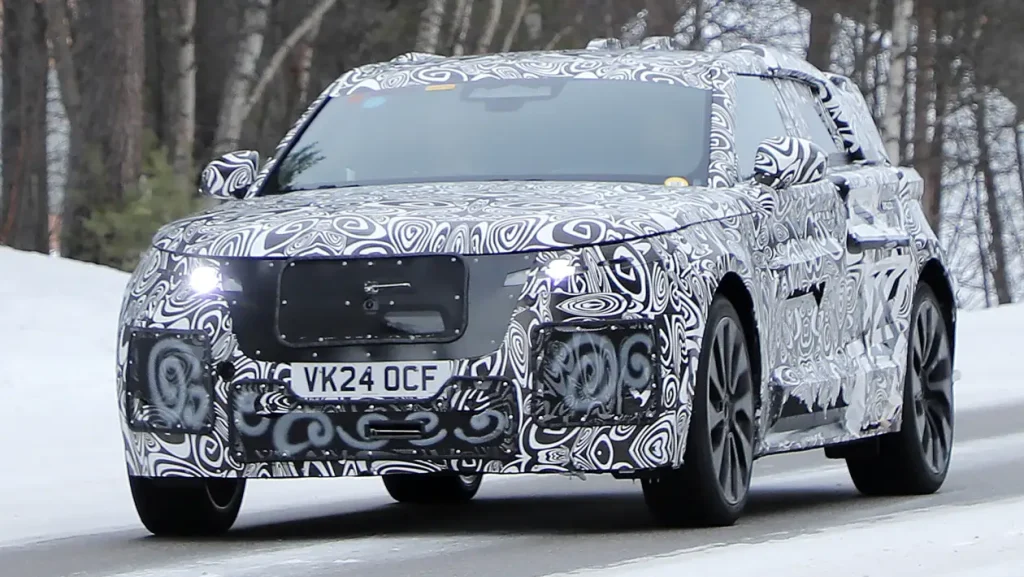
New electronic architecture can also deliver Level 2+ assisted driving, including autonomous parking support. Connectivity enables Over The Air (OTA) updates.

The new electric platform maximises interior space and comfort despite the sloping roof. An elevated driving position offers the brand’s trademark commanding view.
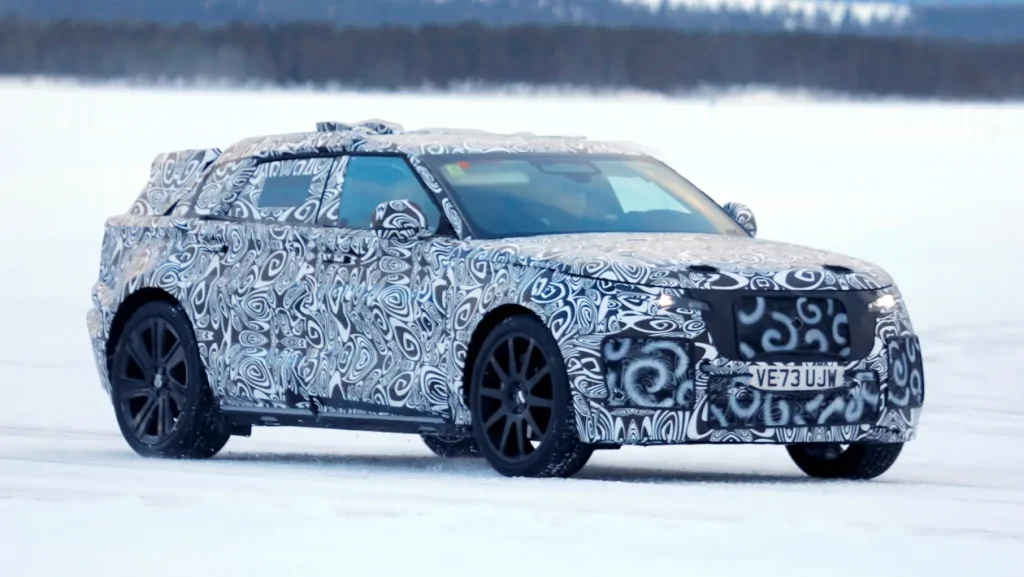
Production is set to begin in Q2 of 2026. Expect the new EV to be slightly more expensive than the top PHEV Velar.


